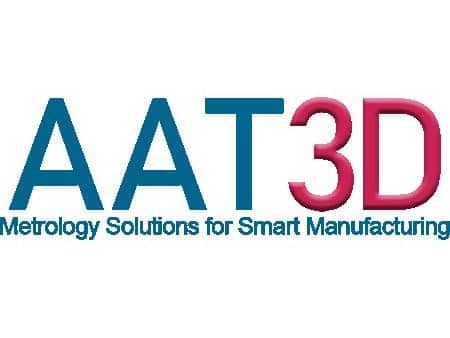AAT3D Milestones
AAT3D Milestones. In 2022, Applied Automation Technologies Inc, will have been innovating for 35 years.
During those 35 years, AAT3D has made a great deal of accomplishments and has become a leader in innovation. AAT3D Milestones will continue to grow for many years to come.

Despite the pandemic, 2020 and 2021 have been big years for AAT3D. We have grown significantly; we have opened more international offices and gained new technology partners and many loyal customers. AAT3D is proud to be the Official Metrology Solution for Andretti Autosport.
We will continue that innovative growth for the years to come.
AAT3D Milestones through the years
2021
AAT3D remains an independent, privately-held software company. AAT3D has been delivering software solutions to metrology and manufacturing for almost 35 years. We celebrate our 35th year in 2022. AAT3D will keep delivering inventive solutions as we remain focused on being a leader in innovation for metrology, quality assurance, and adaptive manufacturing systems.
2020
Applied Automation Technologies, Inc. begins re-branding and adopts the AAT3D name and adds a new logo.
2016
AAT moves to its current location in Rochester Hills, MI. AAT starts the ‘Smart Machining Innovation Center’ with state-of-the-art metrology equipment, machine tools, sensors, and calibration tools.
2015
In addition to integrating non-contact laser scanning for CMM applications, AAT integrated blue light laser scanners into machine tools for in machine scanning. This enables fast data collection to adapt CNC cutting programs to the actual measured part shape using NCFIT. CappsNC can create complete measurement reports without lengthy interruptions to machining cycles. Laser applications range from aerospace to automotive to medical parts manufacturing.
2014
In 2014, AAT developed DVF ‘DataView & Feedback’ software to link all machines on the shop floor with a metrology server. This enables factory wide closed loop AI for total lights-out manufacturing.
2012
AAT adapts the ‘NCFIT’ name for the CNC program to change best fit option first used in aerospace manufacturing.
2006
CappsNC, first introduced in 1993, starts to be integrated in more machine tools to become a closed loop system for ‘Smart Machining with Metrology Feedback’ for precision machining applications, bringing CMM level metrology functionality to the CNC machine tool, thus reducing the dependency on external measurements.
2005
AAT develops RMI, “Remote Machine Interface” software and a TCP/IP common interface protocol to enable a fast and easy to set up interface between CAPPS software and a wide variety of machine controllers.
2000's
By the early 2000’s, CAPPS has over 100 different machine interfaces for DCC and manual CMM’s, as well as portable arm CMM’s and CNC machine tools.
1996
CappsNC continues its success in aerospace drill & trim applications with installations on 5-axis CNC machine tools at other aerospace manufacturers around the world.
1993
CappsNC continues its success in aerospace drill & trim applications with installations on 5-axis CNC machine tools at other aerospace manufacturers around the world.
1991
CappsNC continues its success in aerospace drill & trim applications with installations on 5-axis CNC machine tools at other aerospace manufacturers around the world.
1987
- Ray Karadayi develops CAD based dimensional measurements software products for both on-line and off-line use.
- Applied Automation Technologies was formed and incorporated in July 1987.
- Ray Karadayi develops EDGES, “Expert DMIS Graphical Editor & Simulator” software as the first DMIS based graphical software for creating and editing DMIS measurement programs. EDGES software is AAT’s introduction as a dimensional metrology software company. CAPPS, “Computer Aided Part Programming Software” was being developed as the on-line and off-line next generation of EDGES.
- Both software products were developed for PCs using the DOS platform. Even in DOS, the software products were 3D, multi-viewport interactive software packages.
